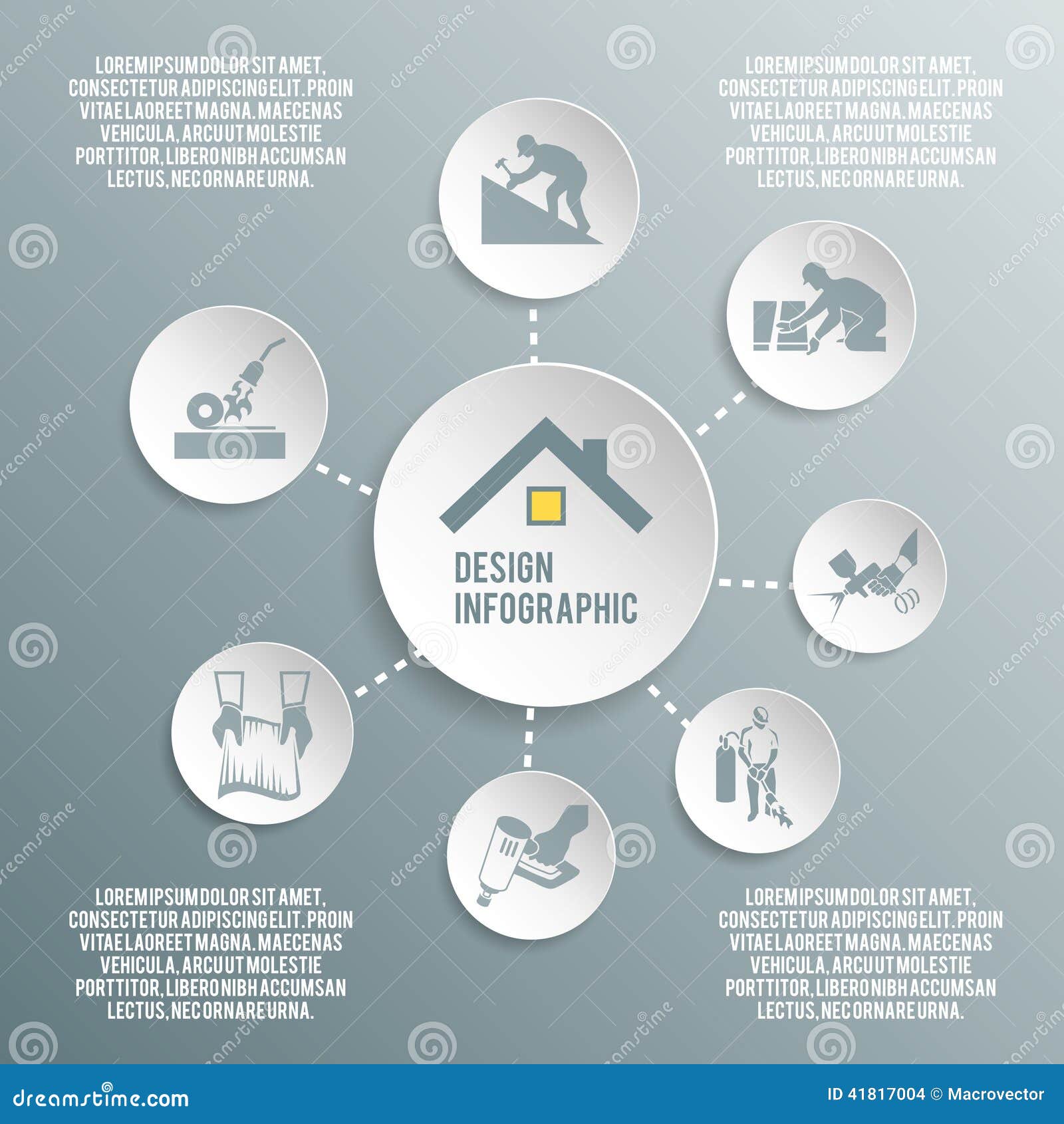Check Out Just How Altering Weather Condition Patterns Can Affect Your Roof Covering Installation And Safeguard A Work That Fulfills Your Requirements
Check Out Just How Altering Weather Condition Patterns Can Affect Your Roof Covering Installation And Safeguard A Work That Fulfills Your Requirements
Blog Article
Composed By-Figueroa Hedegaard
When it comes to roof installments, the weather can make or damage the work. Think of the aggravation of handling products that won't coordinate due to severe heat or battling slippery surface areas brought on by unforeseen rain. Comprehending the influence of weather on your roof covering job is crucial for a successful end result. So, let's explore just how different weather condition aspects can affect the quality and longevity of your roofing system installation, making certain a task well done.
Effect of Temperature on Roof Setup
When it involves roof covering installation, temperature plays a vital duty while doing so. The optimal temperature for roof tasks usually falls between 45 and 85 degrees Fahrenheit. Severe warmth can trigger materials like tiles to come to be also pliable, resulting in potential damage throughout installment. On the other hand, cool temperatures can make products breakable and vulnerable to splitting. It is very important to arrange roof installments throughout modest temperatures to ensure the best result.
During cooler climate, contractors might need to take added safety measures such as using heated equipment or enabling materials to heat up before setup.
In contrast, heat might require job to be done earlier or later in the day to avoid the peak temperatures. By considering the temperature level and its results on roofing products, you can aid ensure a successful installment that will certainly hold up against the elements for years to find.
Impact of Rainfall on Roofing Projects
Roof covering projects can be dramatically affected by precipitation, impacting both the timeline and the top quality of the installation. Rainfall or snow can develop slippery problems, making it harmful for contractors to work with a wet surface. Additionally, wetness can compromise the adhesion of products like shingles or underlayment, causing potential leakages or problems in the future.
If it rains during a roof covering job, the water can permeate right into susceptible areas, causing delays as the installation crew have to wait on the roof covering to completely dry prior to continuing. best roofer in san antonio tx can also advertise the development of mold and mildew and mold, further endangering the integrity of the roofing system.
To stay clear of these problems, it's recommended to schedule roof projects during drier periods or keep track of the weather prediction very closely to intend about any kind of prospective rainstorms. By taking safety measures to operate in favorable climate condition, you can make sure a smoother and much more successful roof installation procedure.
Impact of Wind Speed on Installation Success
During roofing system installment, the rate of the wind plays a vital duty in determining the success of the task. https://www.wpbf.com/article/woman-sues-roofing-company-claims-house-damaged-when-left-unprotected-during-hurricane/27439134 can present significant obstacles to roofers, potentially leading to safety threats and top quality problems. When wind rates exceed advised limits, it comes to be hard to handle products, raising the threat of crashes and damages to the roof products. Solid gusts can additionally impact the precision of measurements and the precision needed for proper installation.
To guarantee a successful roofing system installation, it's vital to keep track of and think about wind speeds. Preferably, roofing setup should happen on days with low to moderate wind speeds. This not only boosts the safety of the employees yet likewise improves the general top quality of the installment.
Roof covering projects scheduled during tranquil weather conditions are most likely to be completed successfully and with less errors. By taking note of wind rate projections and intending as necessary, you can help make certain a smooth and successful roof installment process.
Verdict
So, when it concerns roof covering installation, keep in mind to take into consideration the weather to guarantee a successful job. Ideal temperature levels, dry conditions, and modest wind rates are vital factors to focus on for a smooth setup procedure. By scheduling your project throughout the very best seasons and suitable weather conditions, you can attain a sturdy and lasting roof covering that will safeguard your home for many years to come.
